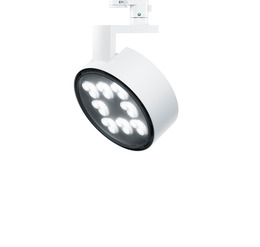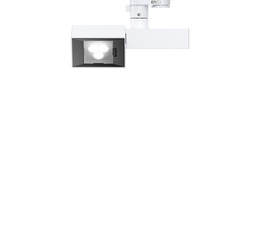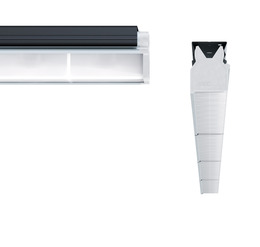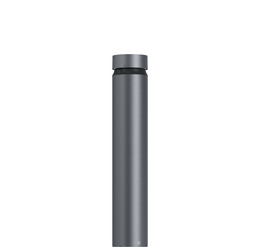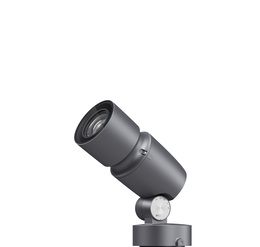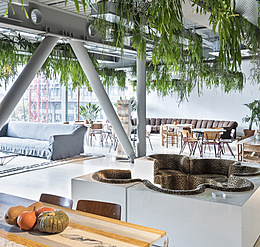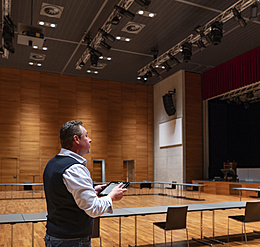As part of the university architecture competition "Solar Decathlon Europe 21/22", Düsseldorf University's MIMO team constructed a prototype for a building that is consistently oriented towards sustainability. According to the motto of "Minimal Impact—Maximum Output", the entry for the competition emphasizes functional architecture in modular timber construction, environmentally friendly building materials and a resource-saving energy concept. The lighting also complies to this guiding principle, implemented in collaboration with ERCO according to Human Centric Lighting principles and thus in a sustainable way. As a result, light is only used where required by the needs of human perception.







